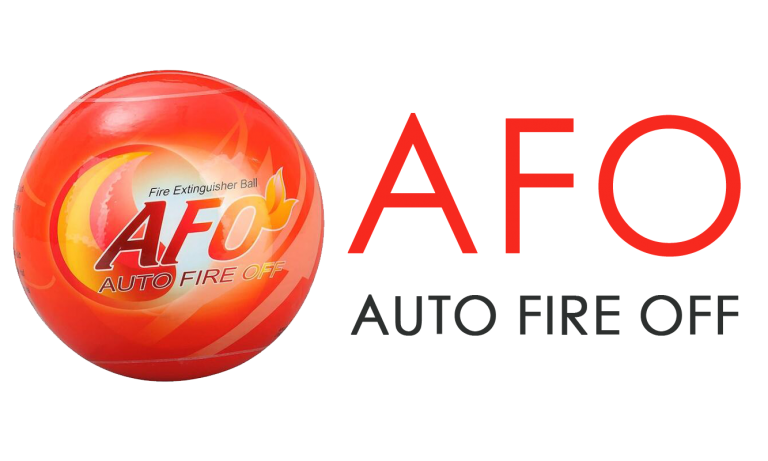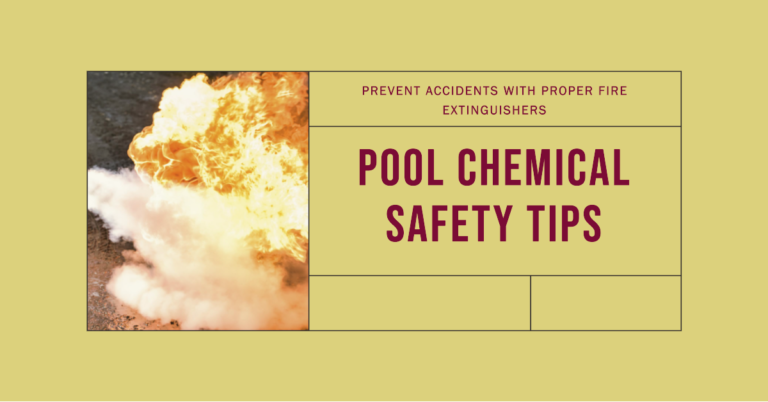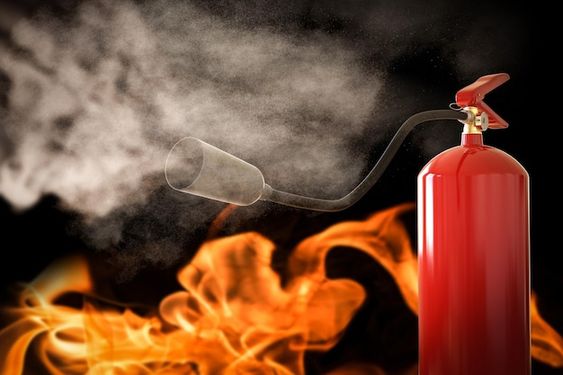Last Updated on October 9, 2023 by Allen

Fire Extinguisher vs Fire Blanket: Which Is the Better Fire Safety Tool?
When it comes to fire safety, having the right tools on hand can mean the difference between a minor incident and a catastrophic emergency. Two essential fire safety tools that every home and workplace should consider are fire extinguishers and fire blankets. Both serve distinct purposes and have unique advantages, making them valuable assets in your fire safety arsenal. In this comprehensive comparison, we’ll explore the differences between fire extinguishers and fire blankets, their uses, benefits, limitations, and how to choose the right one for your specific needs.
Fire Extinguisher: The Versatile Fire Fighter
Uses
- Initial Fire Control: Fire extinguishers are primarily used to control and extinguish fires in their early stages when they are still manageable and small. They are crucial for preventing small incidents from escalating into major emergencies.
- Protection of Lives: Fire extinguishers play a vital role in protecting lives. They allow individuals to respond quickly to fire emergencies, creating a safer environment by suppressing flames and providing time for evacuation.
- Property Preservation: These devices are effective in minimizing property damage caused by fires. By swiftly suppressing flames, fire extinguishers help reduce the extent of damage to buildings, equipment, and belongings.
- Emergency Response: Fire extinguishers are a first line of defense in emergency situations. They enable individuals to take immediate action, especially when waiting for professional firefighters or emergency services to arrive is not feasible.
Benefits
- Versatile Fire Suppression: Fire extinguishers are versatile tools capable of effectively combating various types of fires, including those involving solid materials (Class A), flammable liquids (Class B), and electrical equipment (Class C). This versatility makes them suitable for a wide range of fire hazards.
- Immediate Response: Fire extinguishers provide a rapid and immediate response to fires, allowing individuals to take swift action in the early stages of a fire outbreak. This quick response can prevent small incidents from escalating into major emergencies.
- Effective Agent Variety: Different types of fire extinguishers utilize specific extinguishing agents optimized for particular fire classes. For example, water extinguishers are effective against Class A fires, while carbon dioxide (CO2) extinguishers are suitable for electrical fires (Class C). This ensures maximum suppression effectiveness based on the fire type.
- Life and Property Protection: Fire extinguishers are essential tools for protecting both lives and property. By promptly controlling and extinguishing fires, they reduce the risk of injury, save lives, and minimize damage to buildings and belongings.
- Legal Compliance: In many regions and workplaces, the presence of appropriate fire extinguishers is mandated by safety regulations and building codes. Maintaining compliant fire safety equipment ensures legal adherence and a safe environment for occupants.
Limitations
- Size and Weight: Fire extinguishers can be bulky and heavy, making them less portable and potentially challenging to use in confined spaces.
- Training Requirement: Proper training is essential for safe and effective extinguisher use. Misuse or incorrect handling can result in ineffective fire suppression or personal injury.
- Regular Maintenance: Fire extinguishers require regular maintenance and inspections to ensure their functionality, which can add to maintenance costs and effort.
Fire Blanket: The Flame Smotherer
Uses
Fire blankets are a valuable addition to fire safety equipment, and their versatility makes them suitable for various fire safety applications, particularly in kitchens and emergency situations.
- Kitchen Fire Suppression: Fire blankets are commonly used in kitchens to suppress small fires, particularly those involving cooking oils and fats. By quickly smothering the flames and cutting off the oxygen supply, fire blankets prevent kitchen fires from spreading and becoming more dangerous.
- Safety During Escape: In emergency situations, fire blankets can be wrapped around a person to provide protection while evacuating a building engulfed in smoke or fire. This shields individuals from flames and heat, allowing them to escape safely.
- Protection of Firefighters: Firefighters often carry larger fire blankets for protection during rescue operations. These blankets can shield them from falling debris, flames, and extreme heat, enhancing their safety while working in hazardous environments.
- Emergency Covering: Fire blankets can be used to cover and shield valuable items or equipment in the event of a nearby fire. This can help prevent damage to sensitive materials or machinery until the fire is under control.
Benefits of Fire Blankets:
- Ease of Use: Fire blankets are incredibly easy to use and require minimal training. They can be promptly deployed by individuals, even without extensive fire safety knowledge or experience, making them accessible to everyone.
- Kitchen Safety: Fire blankets are particularly valuable in kitchens, where grease fires are a common hazard. When placed over a burning pot or pan, they safely smother the flames without spreading burning grease, preventing potential disasters.
- No Residue: Unlike fire extinguishers, fire blankets do not use chemicals or agents to suppress fires. This means there is no residue left behind after deployment. This characteristic is environmentally friendly and reduces cleanup efforts.
- Compact and Portable: Fire blankets are compact and lightweight, making them easy to store in various locations around homes or workplaces. They can be conveniently hung on walls or stored in cabinets for quick access.
- Low Maintenance: Fire blankets have minimal maintenance requirements. They do not need refilling or regular inspections like fire extinguishers. This simplicity reduces long-term costs and effort associated with fire safety equipment.
Limitations
- Limited Size: Fire blankets are typically available in smaller sizes, limiting their effectiveness in tackling larger fires or those with a significant flame height.
- Single Use: Once a fire blanket has been deployed, it is usually not reusable and must be replaced, which can result in ongoing costs.
- Limited Fire Type: Fire blankets are not effective against all fire classes, particularly flammable liquid fires (Class B) and electrical fires (Class C), limiting their versatility in some environments.
How to Choose the Right Tool
- Fire Type: Consider the types of fires most likely to occur in your environment. If you have a kitchen with frequent grease fires, a fire blanket may be essential. For broader protection, especially in workplaces, a fire extinguisher is a versatile choice.
- Size and Space: Evaluate the available storage space and mobility requirements. Fire extinguishers are bulkier, while fire blankets are compact and can be easily stored in kitchen cabinets or mounted on walls.
- Training: Assess the level of training and familiarity of potential users. Fire blankets are straightforward to use, making them suitable for individuals with minimal training. Fire extinguishers require more knowledge to operate correctly.
- Environmental Concerns: Consider any environmental or residue concerns. Fire blankets do not use chemicals and leave no residue, making them a cleaner choice.
- Compliance: Ensure that your choice aligns with local regulations and safety standards, as they may dictate specific fire safety equipment requirements.
Frequently Asked Questions
What is the primary difference between a fire extinguisher and a fire blanket?
A fire extinguisher is a device that uses an extinguishing agent to suppress and extinguish fires, while a fire blanket is a flame-resistant blanket used to smother and contain fires by cutting off their oxygen supply.
Which is more effective for kitchen fires, a fire extinguisher, or a fire blanket?
For kitchen fires involving cooking oils and fats, a fire blanket is often more effective because it can smother the flames without spreading burning oil. Fire extinguishers may spread the fire in such cases.
Are fire extinguishers reusable, or do they need replacement after use?
Fire extinguishers are typically rechargeable and can be refilled after use. However, it’s essential to have them inspected and serviced by a professional to ensure their proper functioning.
Do fire blankets leave any residue after use?
No, fire blankets do not leave any residue since they do not use chemicals or agents. They are clean and do not require cleanup after deployment.
Which one is more suitable for electrical fires, a fire extinguisher, or a fire blanket?
A fire extinguisher designed for Class C fires (electrical fires) is more appropriate for electrical fire emergencies. Fire blankets are not effective against electrical fires.
Are fire extinguishers or fire blankets better for general home fire safety?
Both fire extinguishers and fire blankets have their advantages. Fire extinguishers offer broader protection against different fire classes, while fire blankets are particularly useful in kitchens and for smaller fires. It’s often recommended to have both in your home for comprehensive fire safety.
Conclusion
Both fire extinguishers and fire blankets are valuable tools in fire safety, each with its unique strengths and applications. The choice between them depends on your specific needs and circumstances. Fire extinguishers offer broader protection and are suitable for various fire types, while fire blankets excel in simplicity and are particularly effective in kitchens and small-scale fires. To enhance your fire safety measures, consider having both tools strategically placed in your home or workplace, ensuring you are well-prepared to respond swiftly and effectively to any fire emergency.






